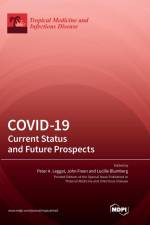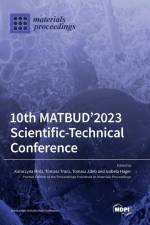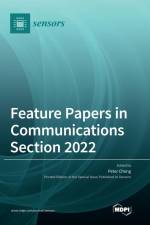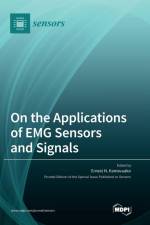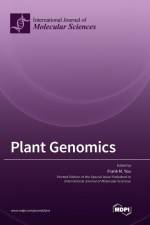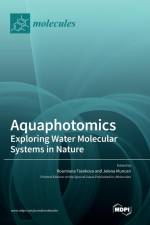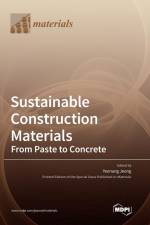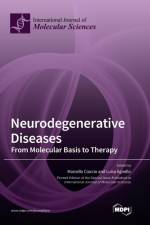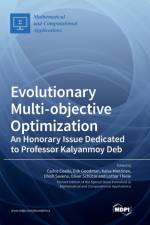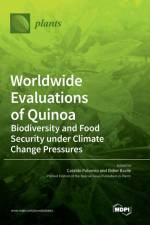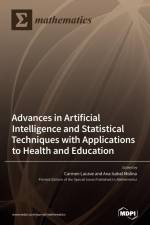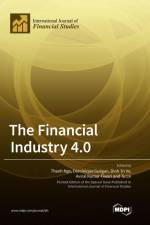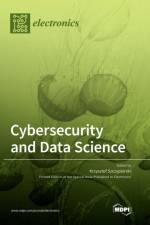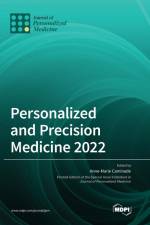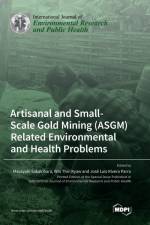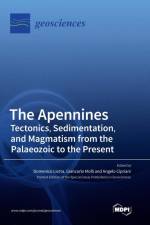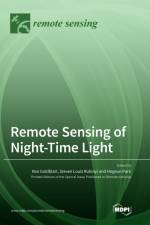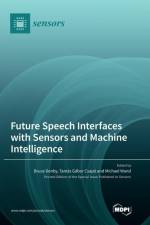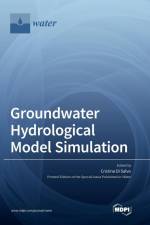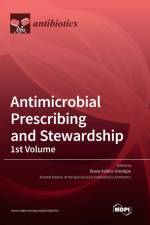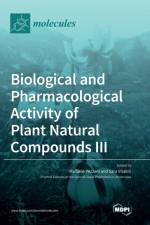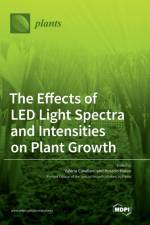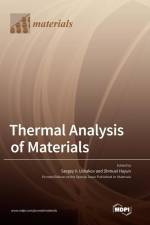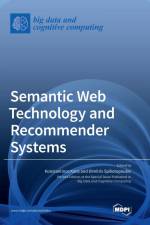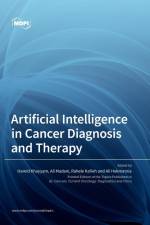1 145
The book focuses on the latest research in cybersecurity and data science. Digital transformation turns data into the new oil, so the increasing availability of big data, structured and unstructured datasets, raises new challenges in cybersecurity, efficient data processing and knowledge extraction. The field of cybersecurity and data science fuels the data-driven economy. Innovations in this field require strong foundations in mathematics, statistics, machine learning and information security. The unprecedented increase in the availability of data in many fields of science and technology (e.g., genomic data, data from industrial environments, network traffic, streaming media, sensory data of smart cities, and social network data) ask for new methods and solutions for data processing, information extraction and decision support. This stimulates the development of new methods of data analysis, including those adapted to the analysis of new data structures and the growing volume of data. The papers included in this book discuss various topics ranging from cyberattacks, steganography, anomaly detection, evaluation of the attacker skills, modelling of the threats, and wireless security evaluation, as well as artificial intelligence, machine learning, and deep learning. Given this diversity of topics the book represents a valuable reference for researchers in cybersecurity security and data science.

